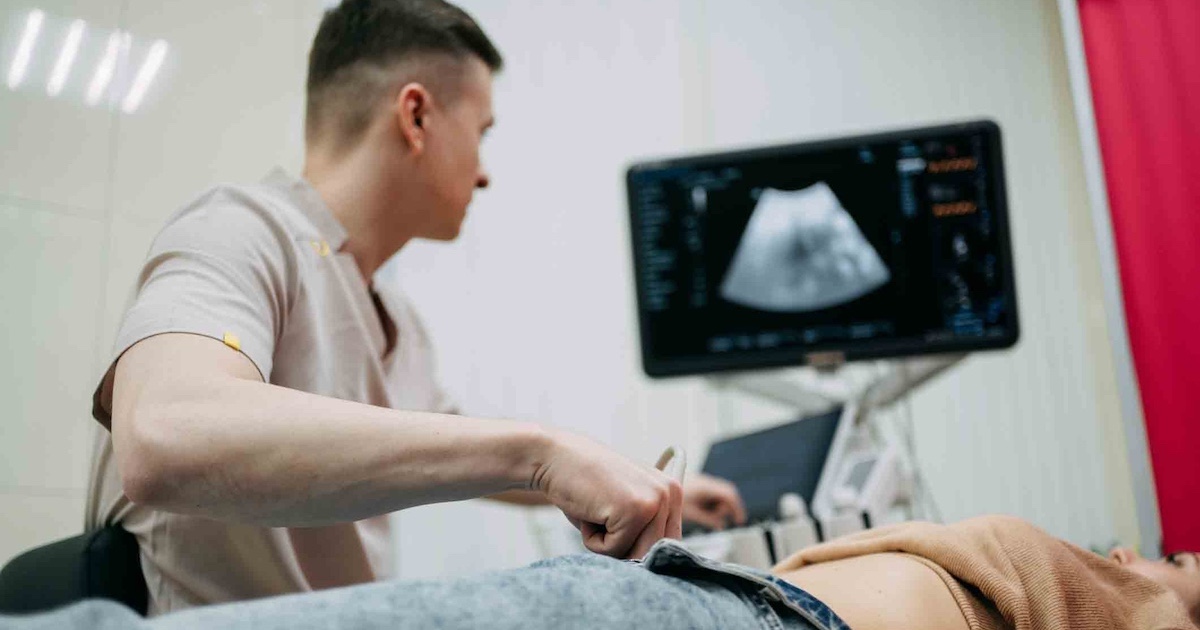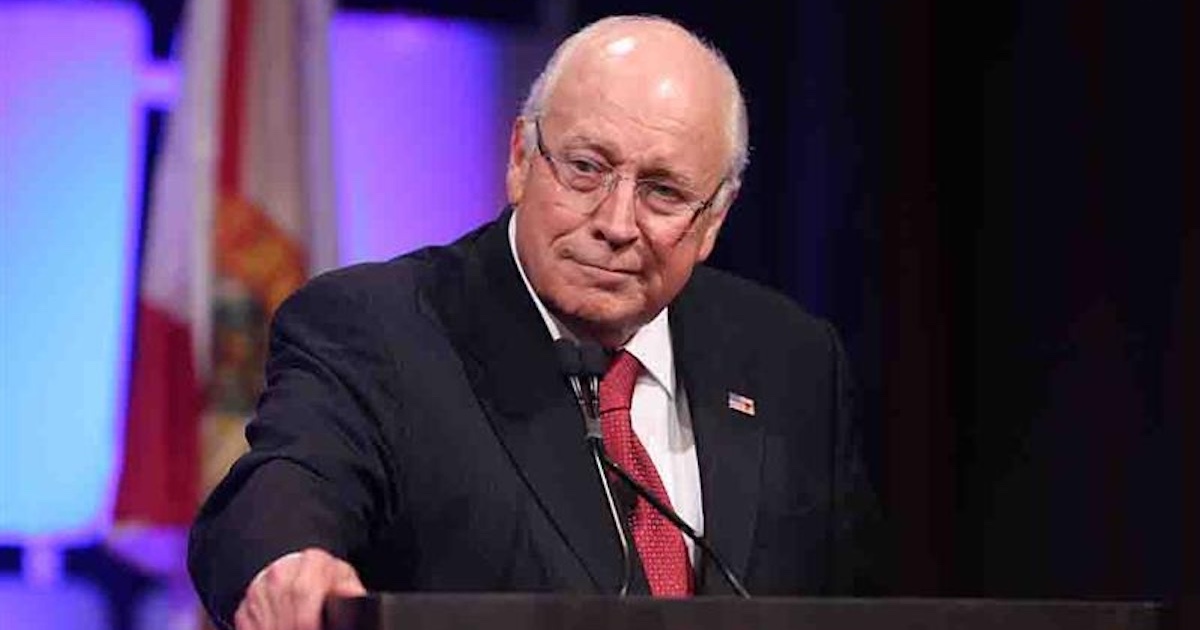From the mHealthNews archive
“It’s a new world out there. We’re moving from mobile being alternative and optional to it being mainstream and mandatory.”
That’s how Kenneth Kleinberg, managing director of The Advisory Board Company, recently assessed the mHealth landscape. “We need a continuum of approaches that take people from their desktop to a broad range of devices,” he concluded.
On Tuesday, December 10, from 11 a.m. to noon at the HIMSS Media mHealth Summit, Kleinberg will participate in a panel discussion looking at interoperability issues. His focus will be on the myriad security issues surrounding the Bring Your Own Device (BYOD) movement.
For healthcare IT managers, Kleinberg said, the mobile movement presents an array of challenges. While enterprise-owned devices have been tightly managed in recent years, the burgeoning use of personal devices has security managers scrambling.
“I recently had a security manager tell me the days he dreads the most are days after major holidays,” Kleinberg said. That’s because, not surprisingly, it’s hard to tell how many providers will show up at work with new smartphones or tablets they want to start using right away.
For Kleinberg, perhaps the most important thing that health IT managers should understand is that policy and technology have to work together if organizations are going to manage mobile security effectively. That is, policies need to be in place that guide mobile use across an enterprise, but organizations should also be prepared to offer employees access to mobile management tools that can facilitate access and ensure security at the same time.
“Even the most motivated users, who are supportive of organizational policies, are still challenged to make sure they’re doing everything right,” he said. “So systems need to be in place that will support staff workflows properly. If you provide mobile device management solutions before access is granted, you’re both helping the user and protecting the organization.
Of course, mHealth takes many forms, and Kleinberg pointed out that the regulations and risks vary depending on the type of information and desired communication.
For example, he said, “there’s a new world opening with telehealth.” IT managers must grapple with issues that include how to manage communications between cooperating clinicians and with other stakeholders, including business associates.
“It used to be that only a few entities were responsible under HIPAA,” he said. “Now, however, it’s clear that associates have to be in the responsibility circle.”
And the complexity of these questions is only going to continue with the move toward arrangements such as ACOs, and as the movement of information keeps spreading.
When it comes to the BYOD movement, Kleinberg breaks the healthcare sector’s response more or less into equal thirds. One third of organizations are embracing the trend, one third aren’t, and one third want to embrace it but are struggling to figure out how to go about it.
The good news, he said, is that the latest version of most devices are all better equipped to help managers deal with security considerations. On the other hand, he said, “every time you add a new product, you have both newer and older equipment to manage.”
Learn more about the HIMSS Media mHealth Summit, taking place December 8-111 at the Gaylord National Resort and Conference Center just outside Washington D.C., at http://www.mhealthsummit.org/program-details/overview.



